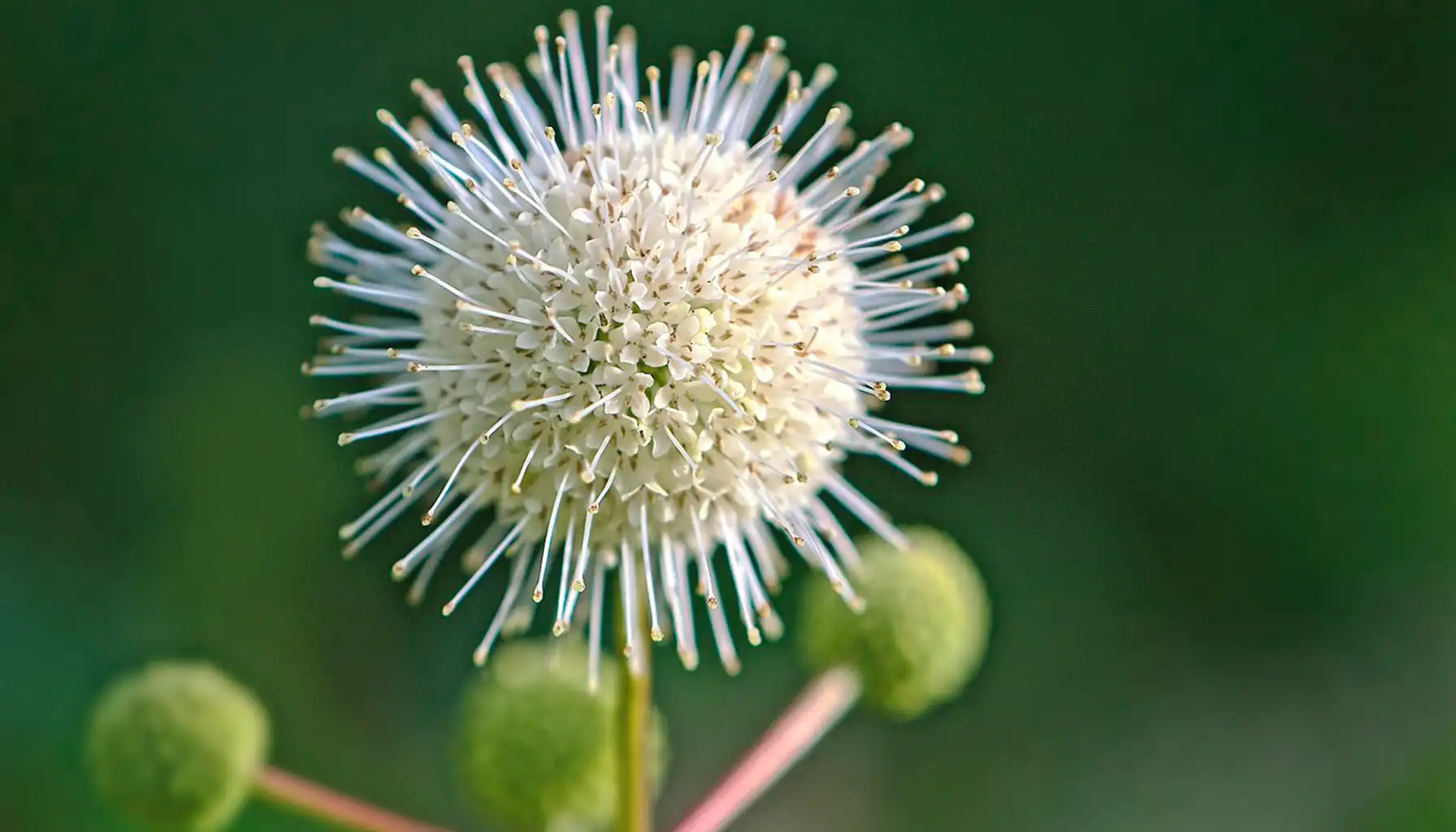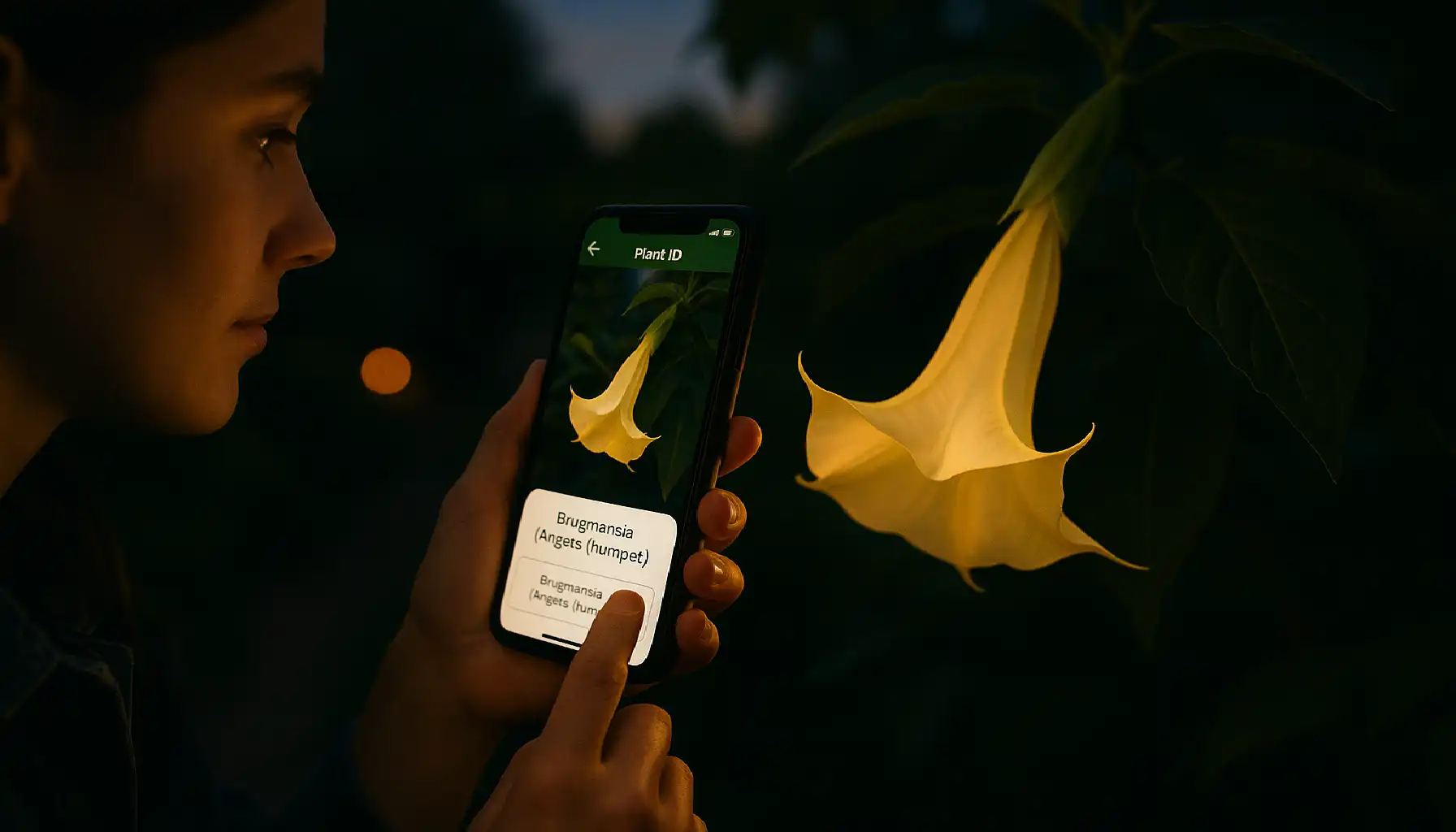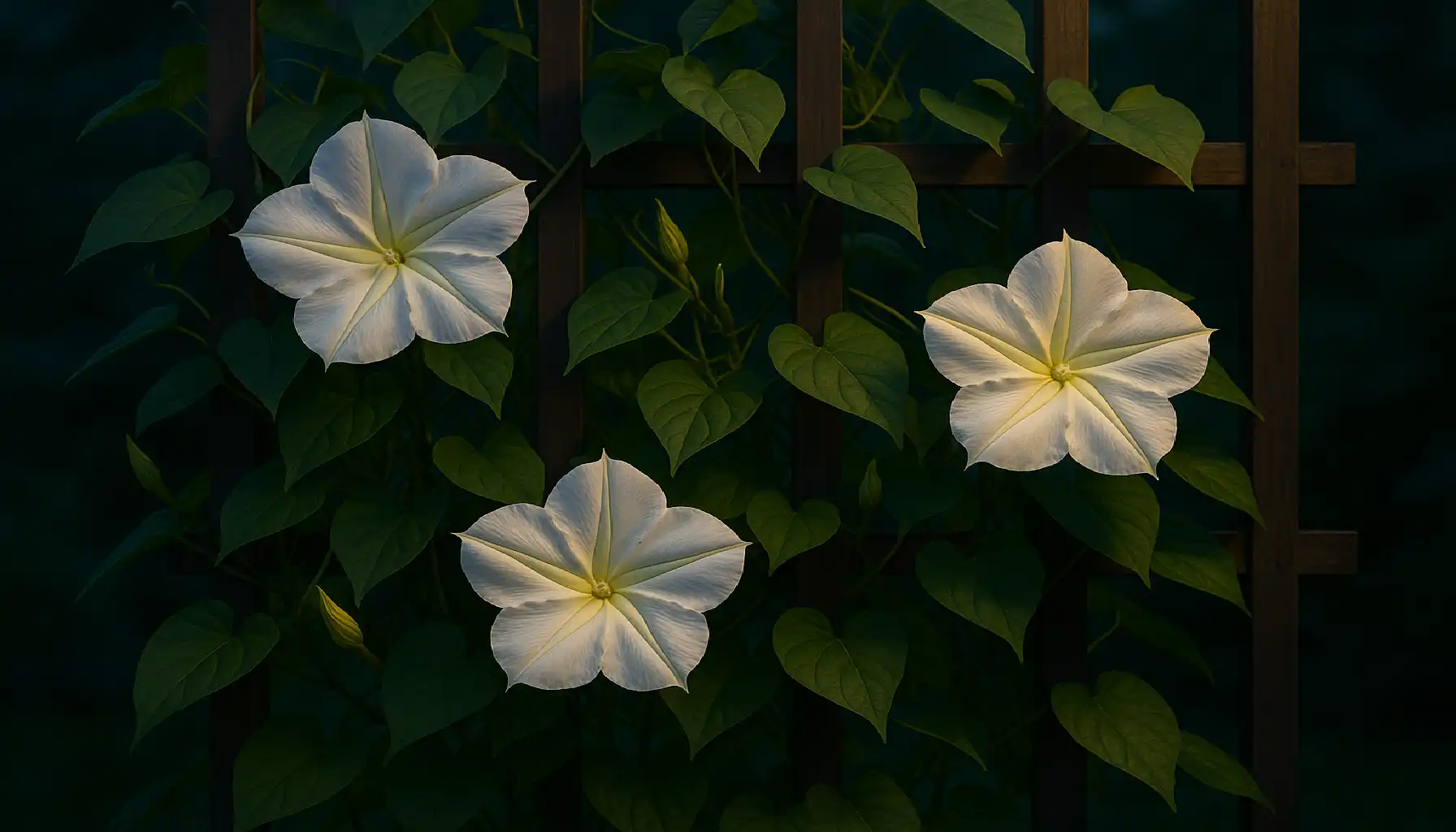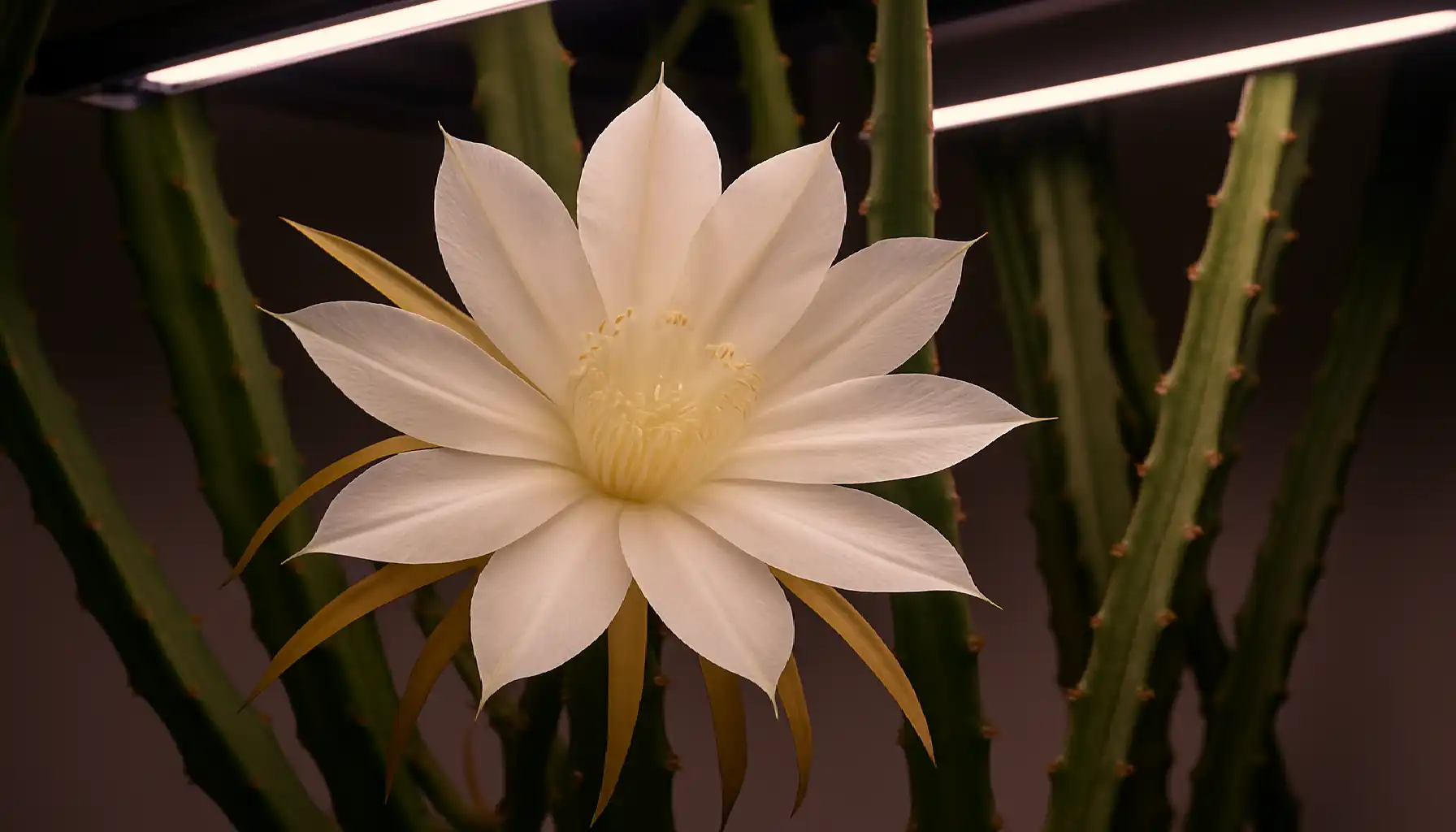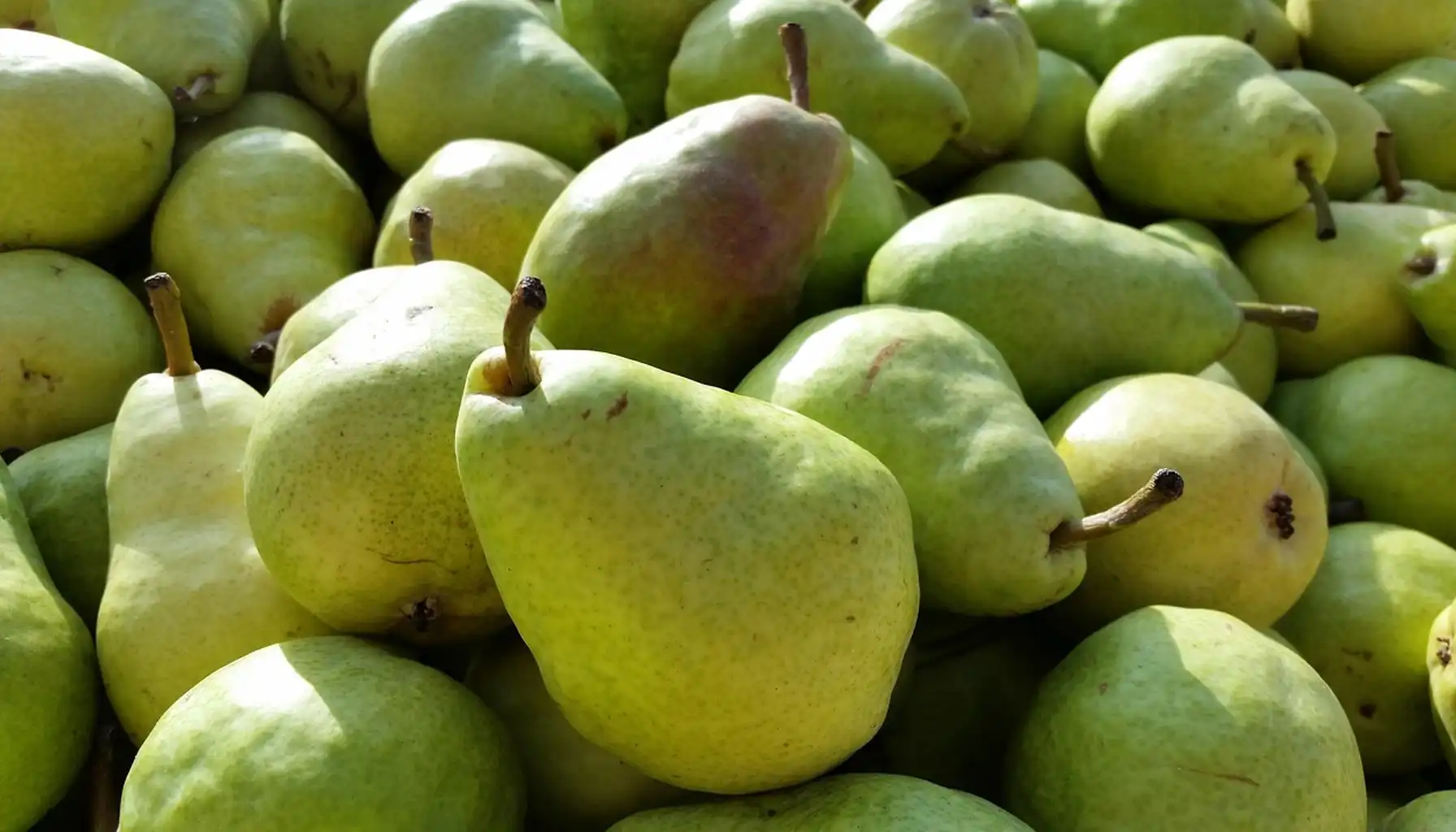Unlike most flowers that bloom in the day and close at night, night-blooming flowers wait for dusk to open, drawing in moths, glowing softly in moonlight, and filling the air with rich fragrance. If you want to build a mystical garden and want to explore flowers that only bloom at night, here’s your expert guide. And if you're not sure what’s growing in your yard, using a app can help you spot which species bloom under the moonlight and which prefer the day.
Many garden guides focus on flowers that bloom during the day and close at night, but what’s good about nighttime bloomers:
Powerful fragrances released only after sunset
Beauty from glowing white or pale petals
Attraction for moths and other nocturnal pollinators
Long blooming seasons or rare single-night shows
The opportunity to enjoy your garden during evening hours
Yes, there are flowers that only bloom at night, and they’re worth planting. What’s cool about night flowers is that their scent usually is much stronger from day plants. And if you’re a big fan of scents, check out the article about Jasmine the plant and how to take care of it. Still wondering, are there flowers that only bloom at night? Absolutely, and they deserve a spot in your moonlit retreat.
Top Flowers That Only Bloom at Night
1. Night-Blooming Jasmine (Cestrum nocturnum)
Night-Blooming Jasmine is one thing that comes to mind first when thinking of flowers that bloom at night. It has a pretty strong perfume scent as the sun sets. Night-Blooming Jasmine grows tall and fills the space with sweet musky fragrance through summer and fall.
Care tips:
2. Night Phlox (Zaluzianskya capensis)
Known as "midnight candy," these low-growing annuals have a sugary scent when most other flowers are asleep. A smart pick if you're looking for night flowers that have a strong scent.
Care tips:
Ideal for pots and borders
Prefers full sun and well-drained soil
Deadhead to extend bloom season
3. Night-Scented Stock (Matthiola longipetala)
This cool-season flower has a pretty spicy floral scent. Though it looks modest during the day, it’s one of the flowers that bloom in the evening and surprise with nighttime beauty.
Care tips:
Sow seeds directly outdoors in early spring or fall
Enjoys cooler temperatures and partial shade
Combine with low-light companions
4. Queen of the Night (Epiphyllum oxypetalum)
This is among the most dramatic examples of flowers that bloom once a year at night. The large, exotic white blossom appears for just one evening and has a pretty light sweet scent to it.
Care Tips:
Tropical cactus: needs warm indoor care in cool zones
Water when the soil is dry to the touch
Support with stakes if growing large
5. Tuberose (Agave amica)
Not only a nighttime bloomer, but also a top pick in perfumery. It doesn’t close during the day, but its fragrance intensifies after dusk.
Care tips:
Nighttime Favorites That Support Pollinators
A lot of gardeners focus on flowers that bloom in the morning and close at night, but moth-pollinated species are equally important. It’s because those plants open in the evening and serve as food sources for nighttime pollinators. We prepared a small table of such flowers, but it’s just a small sample of a large catalogue:
Common Name | Scientific Name | Notable Feature |
Moonflower | Ipomoea alba | Twisting vines, large white blooms |
Angel’s Trumpet | Brugmansia sp. | Scented, trumpet-like flowers |
Devil’s Trumpet | Datura inoxia
| Nighttime fragrance, large flowers |
Evening Primrose | Oenothera biennis | Yellow or pink flowers opening at dusk |
These selections are ideal if you're specifically planting flowers that bloom at night for biodiversity and evening viewing.
Native Host Plants for Moths
Moths are just as valuable as bees in the pollination cycle. Most flowers that bloom during the day and close at night are dependent on butterflies and bees, but evening flowers help sustain nighttime species.
Plant natives such as:
Include these as a backdrop to flowering focal points. When mixed properly, both day and night pollinators will find your garden.
Are Any Night-Blooming Flowers Harmful to Pets?
While night gardens are beautiful, you will also need to think about pet safety when choosing plants. Some night-blooming species can be toxic to dogs and cats if ingested. Always research plant toxicity before planting in areas accessible to pets.
Plant Name | Toxic To | Toxic Parts | Common Symptoms |
Night-Blooming Jasmine | Cats, Dogs | Leaves, berries | Nausea, vomiting, confusion, dilated pupils |
Datura (Devil's Trumpet) | Cats, Dogs, Horses | All parts | Hallucinations, dry mouth, tremors |
Brugmansia (Angel's Trumpet) | Cats, Dogs | All parts | Confusion, weakness, seizures |
Tuberose | Dogs | Bulbs | Gastrointestinal upset |
When in doubt, always label your plants clearly and use a reliable plant identifier app to confirm what you’re growing.
Want to Mix Both Night & Day Bloomers?
Some gardeners want a full-spectrum garden with flowers that bloom in day and close at night, and others that wake up as darkness falls. That contrast creates round-the-clock visual interest.
Morning Glory + Moonflower (Both are vines; morning glory opens at sunrise, moonflower at sunset)
California Poppy + Evening Primrose (Yellow-orange blooms by day, soft yellow at night — great for wildflower beds)
Marigold + Night Phlox (Compact and bright during the day, low-growing and fragrant at night)
Zinnia + Night-Scented Stock (Bold and colorful zinnias contrast with soft, spiced evening scent)
Portulaca + Queen of the Night (Groundcover paired with dramatic, one-night cactus blooms)
Cosmos + Tuberose (Airy daytime texture with strong nighttime fragrance)
Sunflower (dwarf variety) + Brugmansia (Angel’s Trumpet) (Sunny focal points by day, large scented blooms by night)
Flowers That Bloom Once a Year at Night
Some blooms are spectacular. If you want to witness a truly rare event in your garden, here are a few options:
Queen of the Night (Epiphyllum): Ooten blooms only once a year and wilts by morning.
Night-Blooming Cereus: different varieties exist, but most bloom for a single night.
Tropical Water Lilies: some night-blooming hybrids only display in summer evenings.
Be on alert, these won’t wait for you.
Are There Flowers That Only Bloom at Night?
Yes, and some only for a few short hours. Nighttime flowering behavior is often an adaptation to attract moths and bats instead of bees or butterflies. These species rely on strong scents, light-colored petals, and open timing.
These are:
Most night-blooming flowers don’t need much beyond what daytime flowers require:
Soil: well-draining, loamy soil is preferred
Watering: consistent but not soggy; many are drought-tolerant
Light: dull sun to partial shade depending on species
Feeding: balanced fertilizer during growing season
Pruning: after blooms fade to maintain form
Don’t forget to check for pests, some like moonflower vines may attract aphids.
Where to Buy or How to Grow Them
You don’t always need a specialty nursery. Here's where and how you can get started:
Plant Name | Buy or Grow? | Growing Tip |
Moonflower | Sow from seed | Needs warm soil and a trellis |
Night-Blooming Jasmine | Buy as small shrub | Great in containers for patios |
Queen of the Night | Propagate from stem | Keep in well-lit indoor spot if not in zone |
Night Phlox | Buy seeds online | Quick-growing; blooms in ~8 weeks |
Tuberose | Buy bulbs | Plant in spring for late summer scent |
Some plants like Datura or Brugmansia can be toxic, so wear gloves while doing something with it and place them away from children or pets. If you want to build a halloween gothic garden we recommend getting inspired by Fear-Inspiring: What's The Scariest Plant in The Forest? (do not look for those plants and especially plant them at home, just get inspiration for your horror garden).
Pair night flowers with flowers that bloom in the day and close at night to create a dynamic garden that shifts with the sun.
AI Plant Finder Related Posts:
